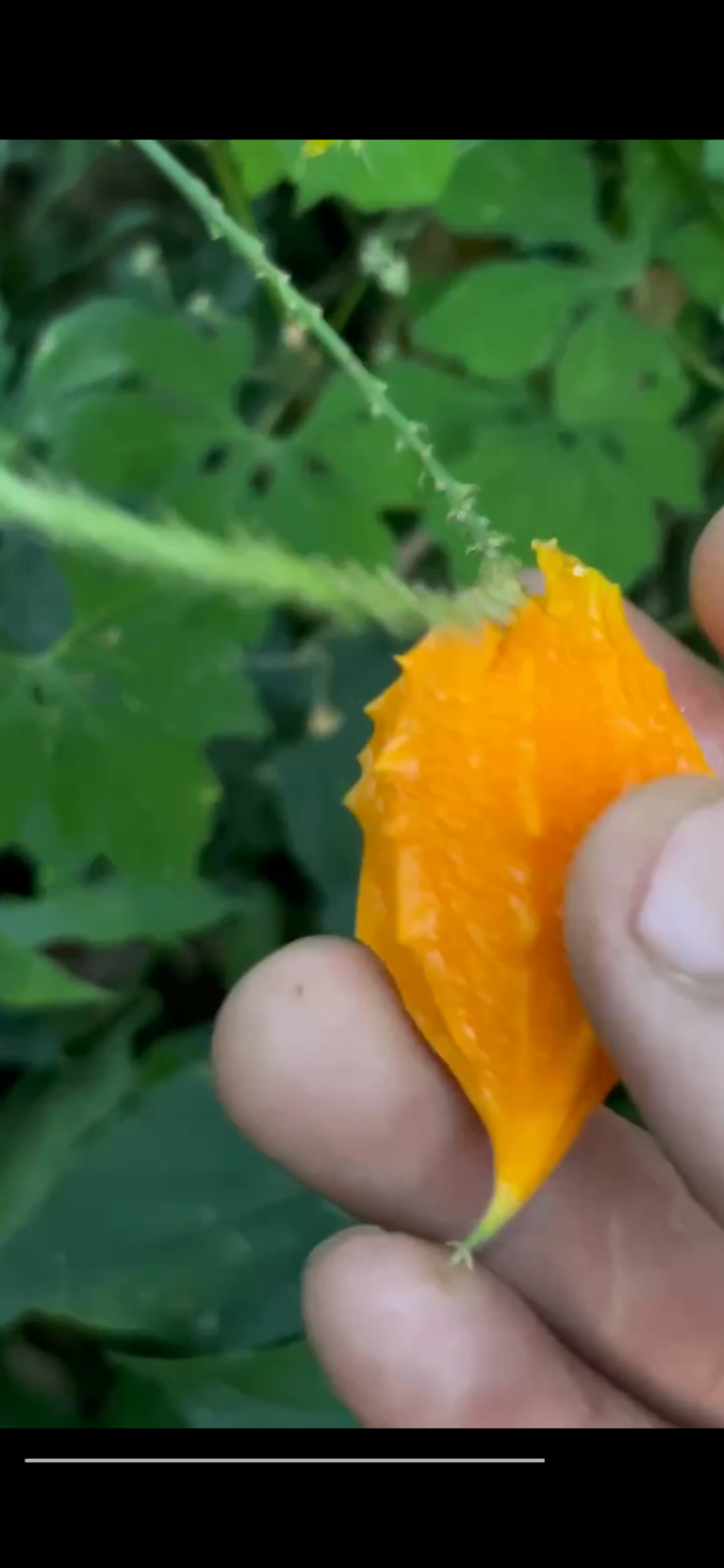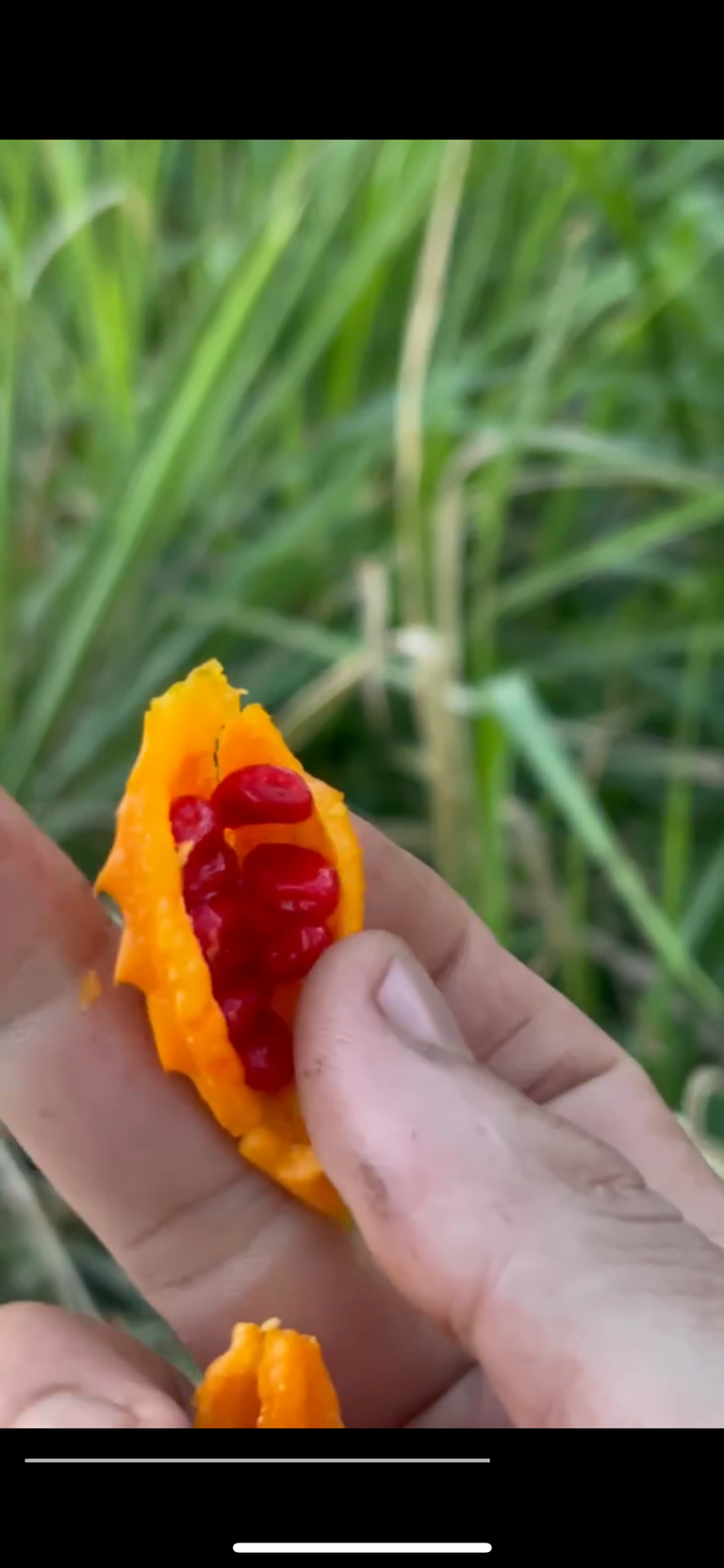Since we live in our new home which is in a rural area. We have been more than ever in contact with native animal species.
That is why I want to tell about my latest experience of rescuing a Sloth Bear, an official animal of the municipality where I live and which, despite being abundant in the area, is also very vulnerable due to certain aspects that I will highlight below.
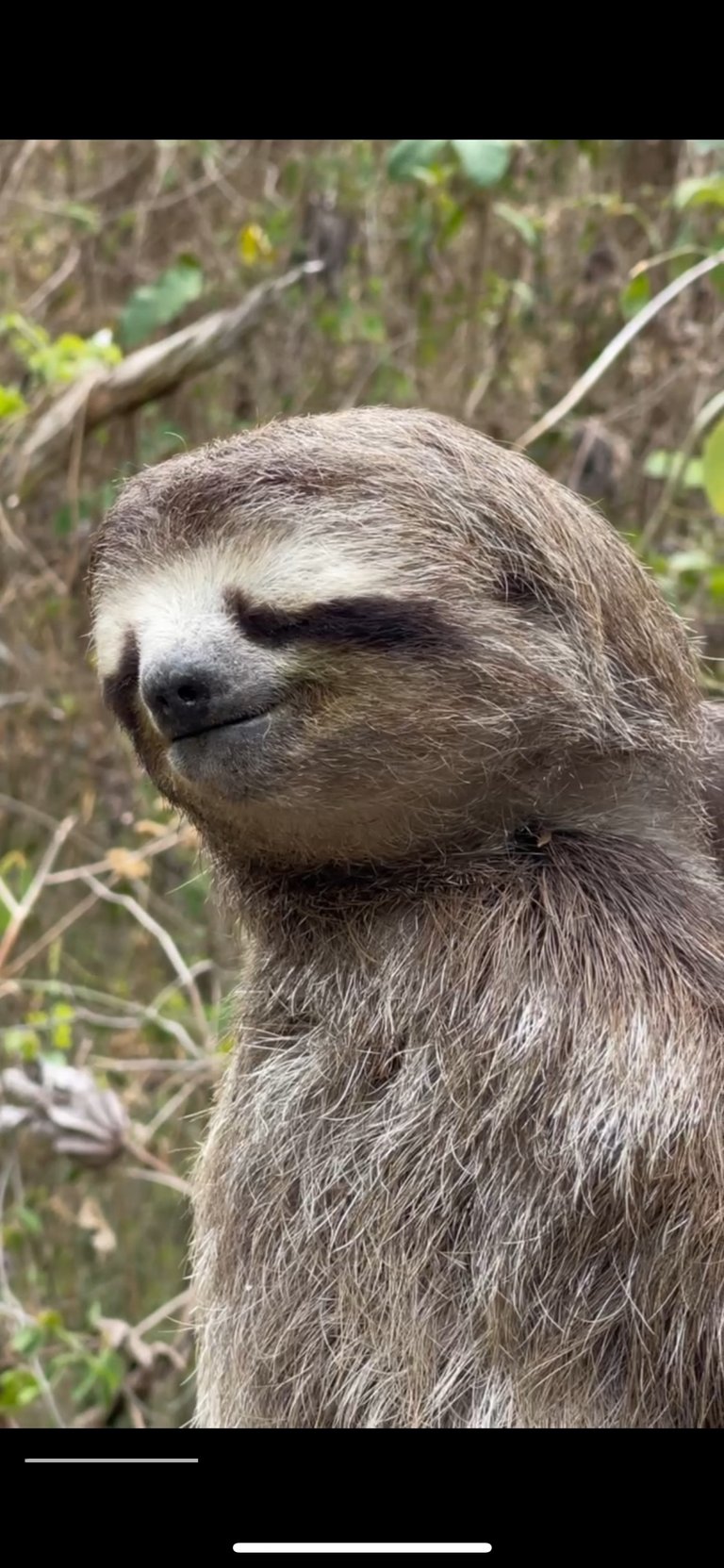
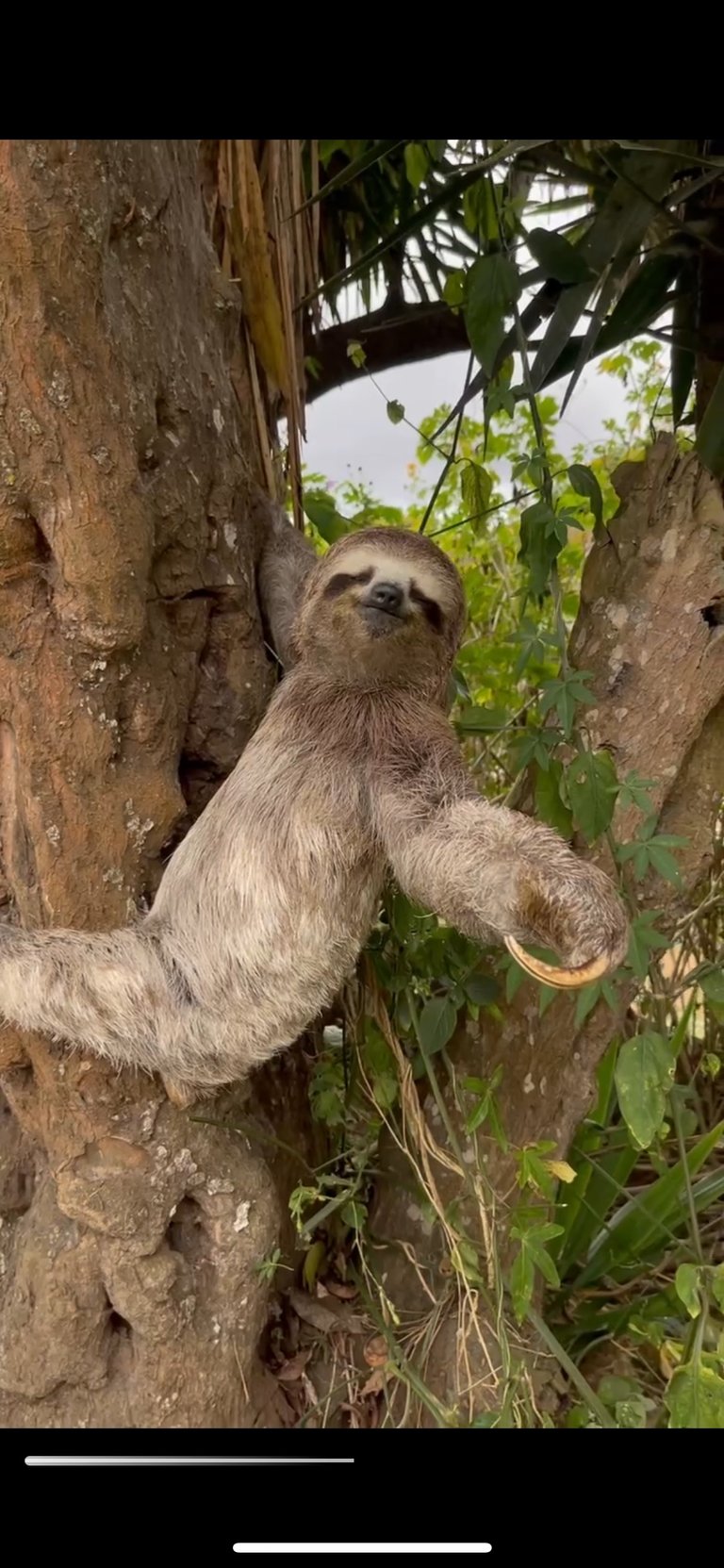
This area is humid forests, but there is a lot of interaction and habitat generated by humans. Which indicates a deterioration of the natural habitat of many species that even though there are streets, electric lighting or buildings, they continue to live in different areas. This is the case of the Sloth Bear that feeds and lives mainly in Yagrumo trees. From time to time these mammals change trees so they move freely, the problem is that they often have to cross streets, avenues or climb trees. They are resistant to falls, in fact for much of their lives sloth bears will fall many times from average heights of 20 meters without affecting them, but if they cross a street they cannot be fast before drivers who go over 30 to 40 km per hour which has left many specimens of this species lifeless.
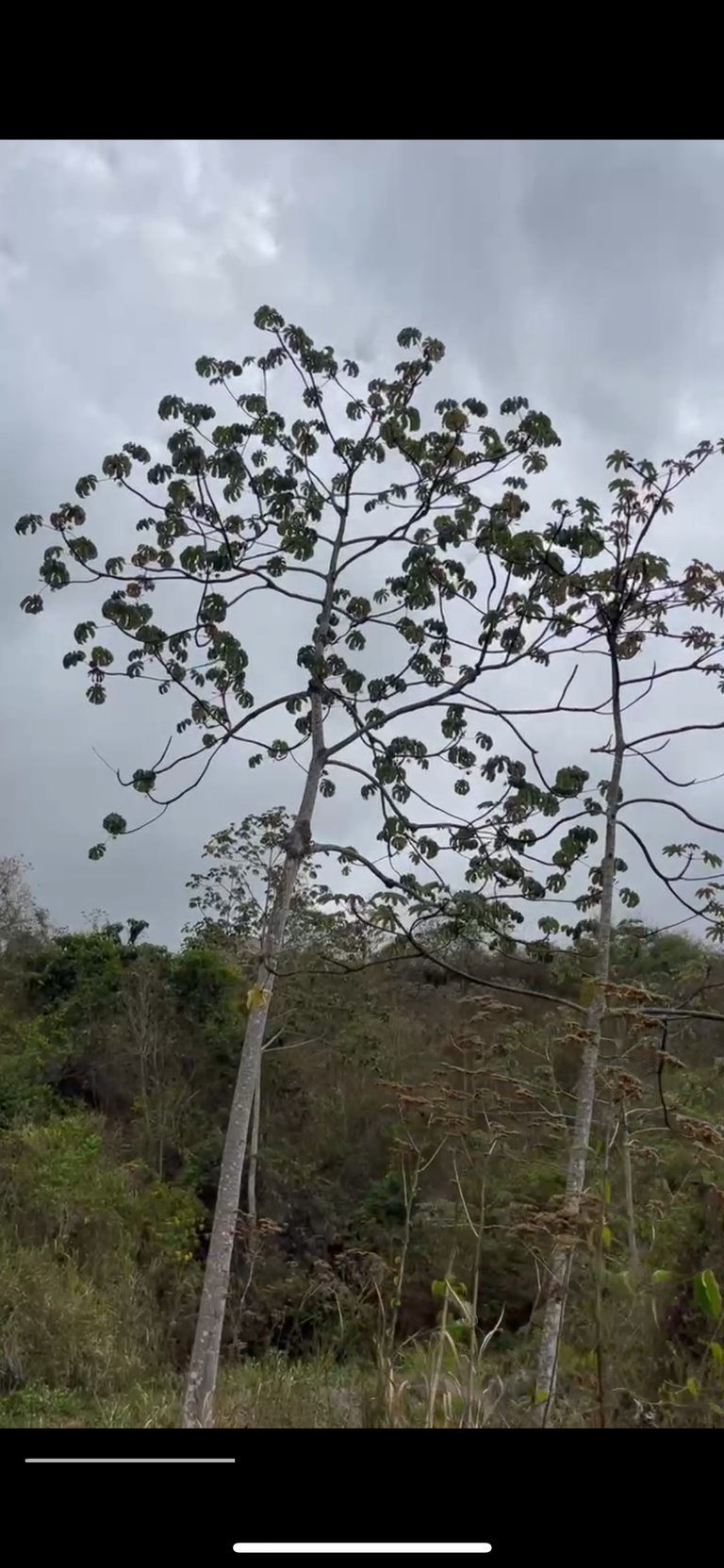
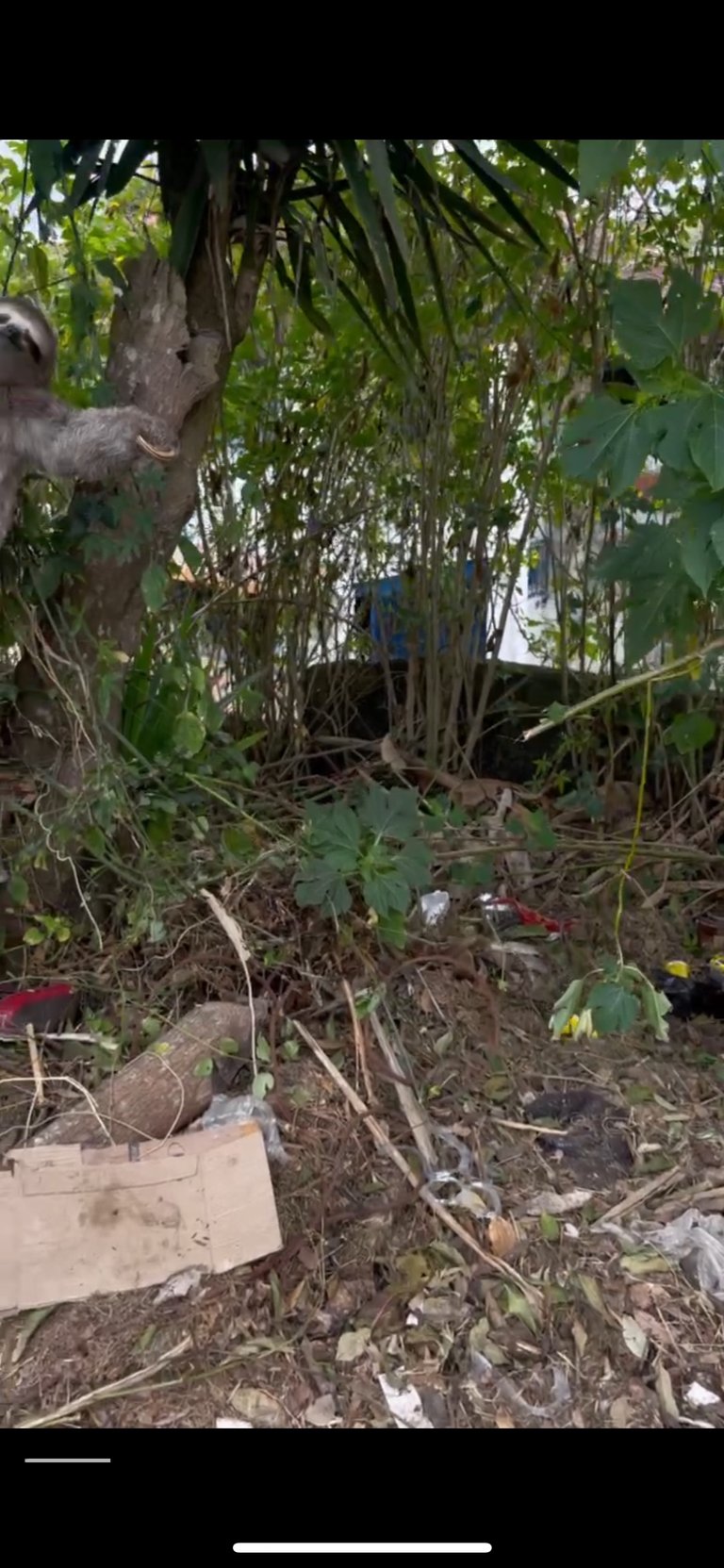
That is why from our ecological organization Vida Verde we decided to get to work in order to effectively safeguard sloth bears, we made some publications on social networks so that the locals communicate with us and we can bring them to our home where the tree where they live abounds. much of its existence.
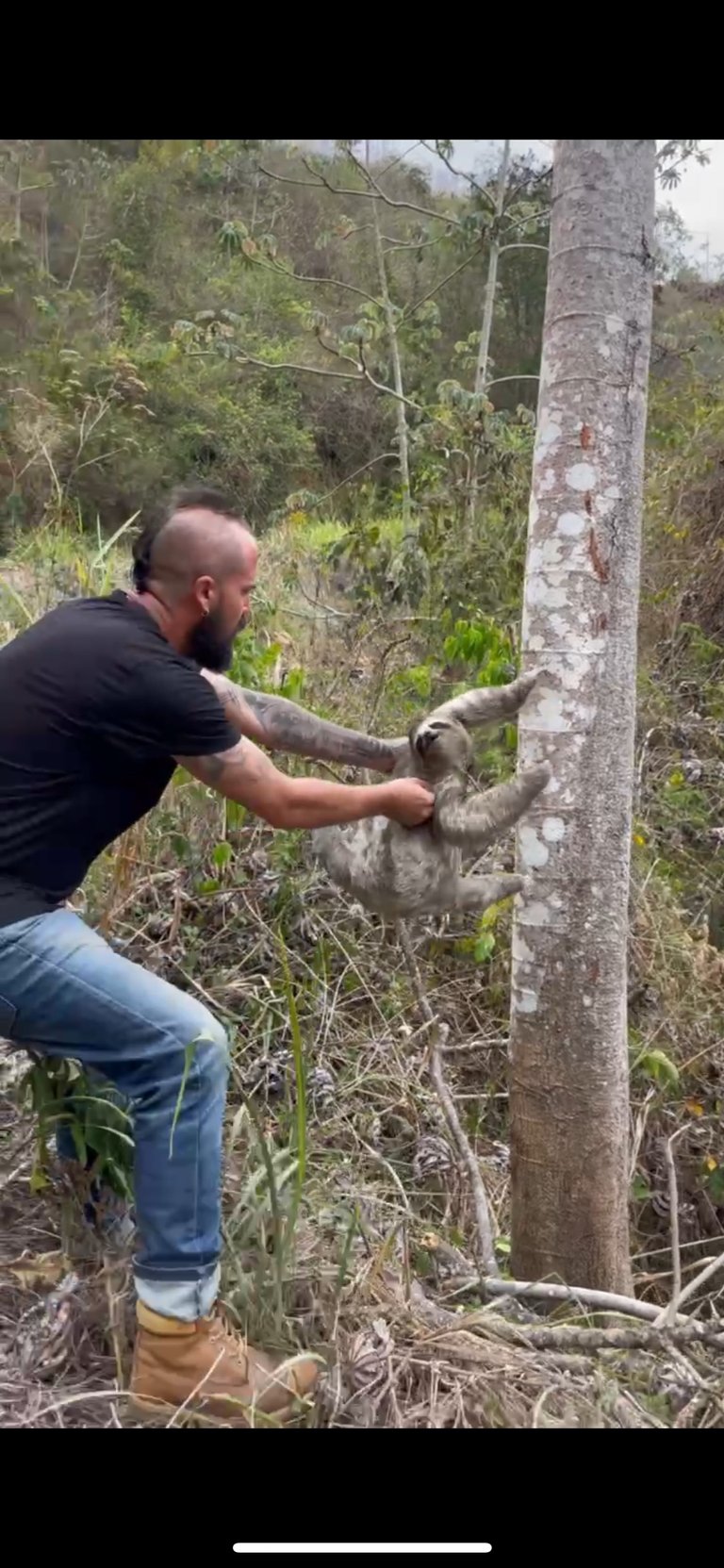
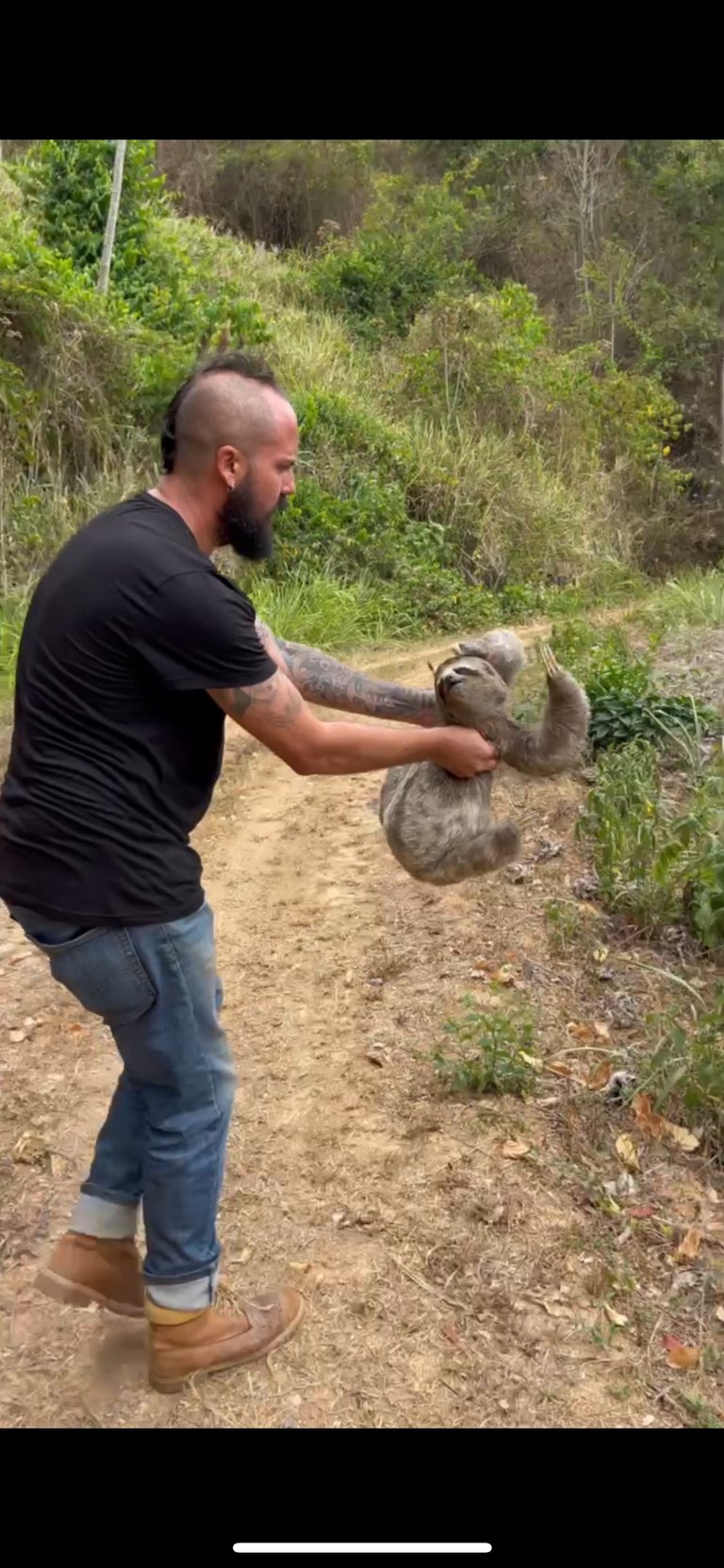
The bear you see in the graphics was left abandoned in a busy area full of garbage where it was not going to be well. So we took him to our home and released him on his favorite tree.
False Chameleon
This friend was living peacefully in the tree right in front of our home. Until he for some reason fell. We had to relocate him to another area since we have two cats that, although they are calm, his instinct could have made this experience a good reason to eat him.
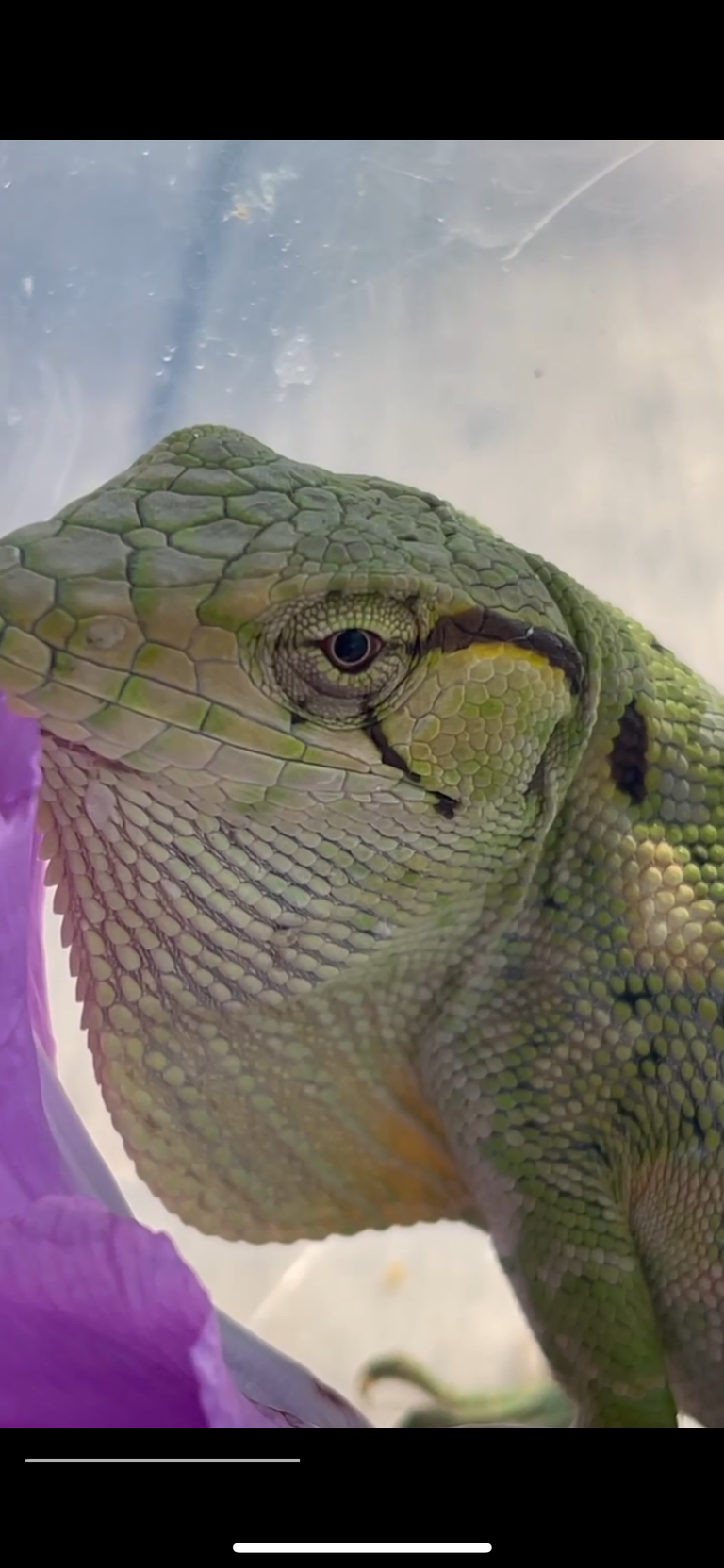
While he was in captivity before relocating him we tried to put some colored flowers on him to see if his color would change. But you are not a chameleon. It is a lizard scientifically called Polichrus which means many colors and commonly called by locals as false chameleon or little chameleon, it is half a relative of this first one but its skin changes more in green and brown environments of the trees where it lives.
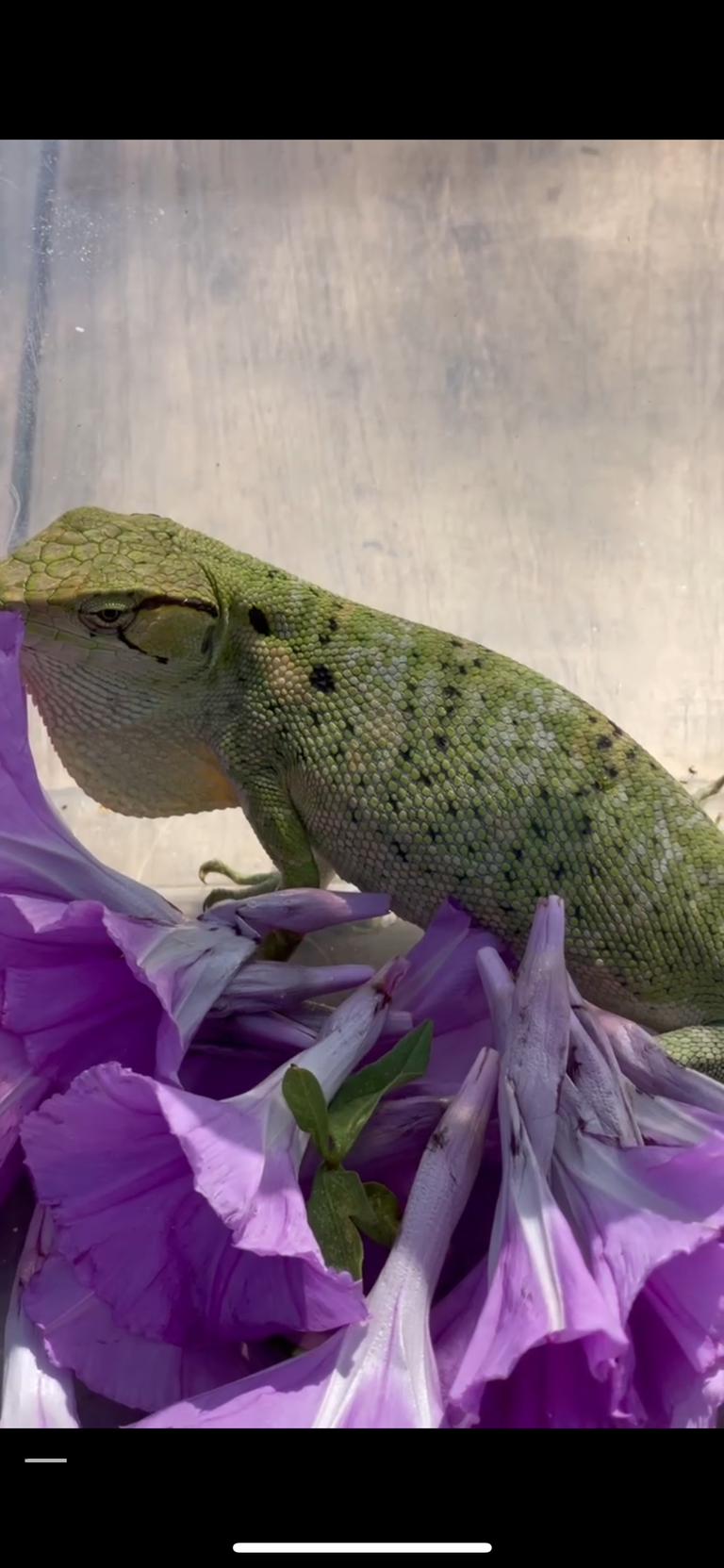
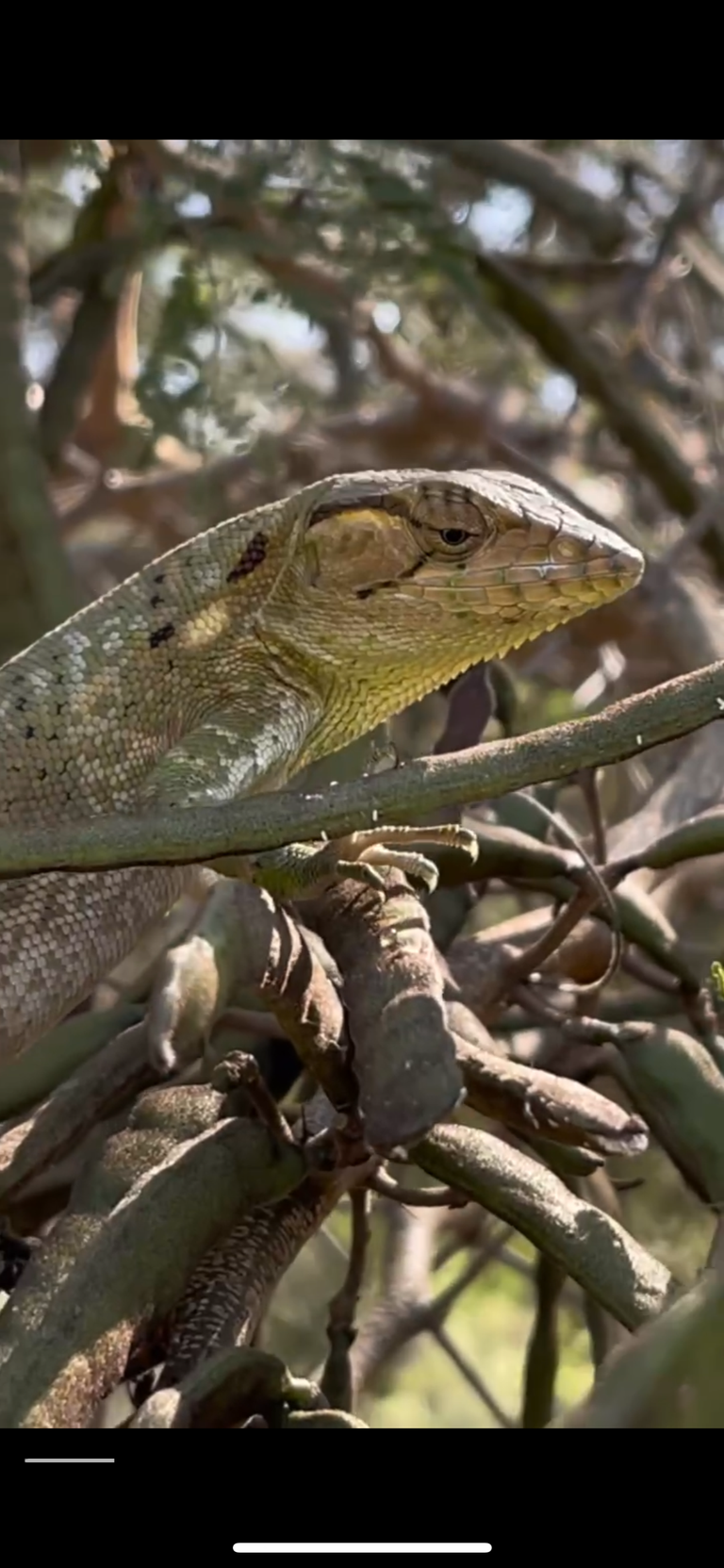
Cundeamor Fruit
And finally I ate the forbidden fruit in the town where I grew up. Yes, I know, some people from other latitudes have told me about the ancient medical uses of this fruit to cure various diseases, some of which are terminal, such as cancer. But in the case of the place where I grew up, it was said that it was a poisonous fruit and that only snakes ate it. By the way, in Asia they have a gastronomic use that I would like to experience.
